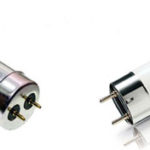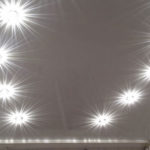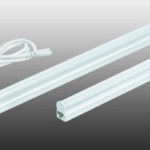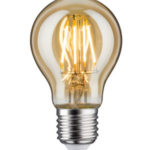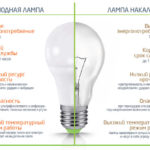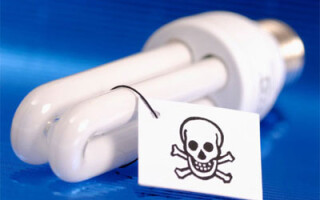Fluorescent lamps, or fluorescent lamps, are economical and simple in design, which has made them widely in demand in everyday life and at work. However, all the positive qualities are crossed out by the fact that the disposal of fluorescent lamps is somewhat difficult. In no case should they be thrown into municipal solid waste (MSW).
Content
Why should they be disposed of?
The principle of operation of fluorescent lamps is based on the glow of mercury vapor inside a glass tube when an electric current passes through them. The generated ultraviolet radiation hits the phosphor layer and is converted into a spectrum of rays visible to the human eye.
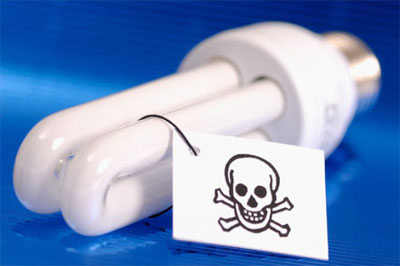
The presence of mercury requires careful and careful handling, since toxic mercury vapors are released when fluorescent lamps are destroyed.All devices containing even a small amount of this metal belong to the 1st waste hazard class. Such items cannot be thrown into the trash can, they must be disposed of correctly.
Volatile mercury vapor and its water-soluble compounds are extremely dangerous for the human body. They easily accumulate and settle in various internal organs, causing deep intoxication. Perhaps not only acute chemical poisoning with toxic mercury vapor, which most often ends in death, but also slow long-term poisoning in small and ultra-low doses.
This heavy metal is a neurotoxin that negatively affects the central nervous system. Irreparable damage is done to the excretory, cardiovascular and immune systems, as well as to the organs of vision, hearing and skin. There is a relationship between fetal malformations and the content of mercury in the mother's blood.
Attention! Inside fluorescent lamps is a heavy metal - mercury.
Accumulating in municipal solid waste landfills, landfills and trash cans, the microelement under the influence of microorganisms is converted into water-soluble, much more toxic and chemically stable methylmercury, which pollutes the environment. Harmful compounds enter the soil, groundwater and precipitation. The poisoned liquid is absorbed by plant roots and consumed by animals. Through the food chain, hazardous foods reach humans.
Not only disposal and recycling, but also storage of fluorescent lamps must be carried out with the utmost care.In the event of a violation of the tightness of the glass shell or the presence of cracks in other structural elements, harmful vapors instantly seep out.
Where to donate?
Mercury-containing lighting devices are subject to mandatory disposal or recycling, therefore, at the end of their service life, they must be handed over to special collection points. Each collection point is equipped with a hermetically sealed container for storing fluorescent lamps, which prevents harmful components from entering the environment. Daylight lamps are taken from the point by specialized recycling companies and taken to production sites, where they are crushed and followed by thermal or chemical demercurization.
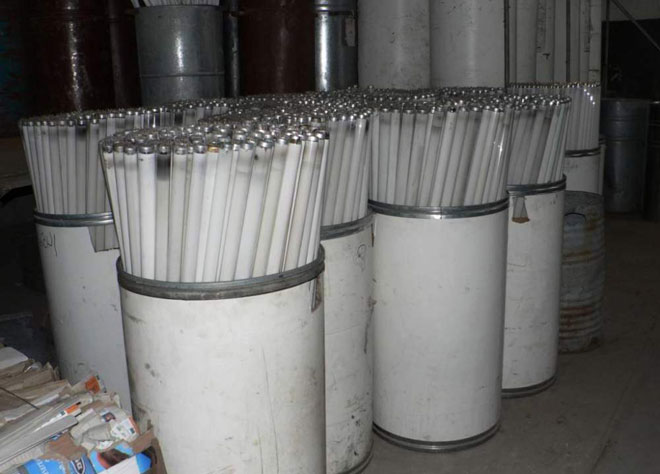
Large commercial and industrial companies enter into contracts for the export of fluorescent lamps directly with the contractor. They cooperate on a paid basis and work with large volumes of waste.
Reception of used devices from the population is carried out by the following organizations:
- local management companies (housing office, association of residents, PRUE, etc.);
- environmental city organizations;
- large shopping centers selling electrical products or goods for repairs.
The cost of recycling fluorescent lamps in some regions of Russia
Demercurization of fluorescent lamps is a complex and costly technology that requires large investments. It is extremely difficult to oblige individuals to pay for this service, because most of the population does not have a sufficient level of consciousness. But for enterprises that hand over mercury-containing elements for disposal and processing, there is a minimum cost that makes it possible to ensure the profitability of the disposal process.
Pricing for the disposal of 1 used fluorescent lamp in some Russian cities is as follows:
Table 1. The cost of disposal of mercury-containing lamps in the regions of Russia
| City | Recycling price |
|---|---|
| Novosibirsk | from 16 rubles |
| Barnaul | 18 rubles |
| Omsk | 15 rub. |
| Yekaterinburg | 16 rub. |
| Tyumen | 15 rub. |
| Kazan | 18 rub. |
| Chelyabinsk | 15 rub. |
| Lipetsk | 15 rub. |
| Permian | 18 rub. |
| Volgograd | 15 rub. |
| Yaroslavl | 15 rub. |
| St. Petersburg | 20 rub. |
| Saratov | 18 rub. |
| Moscow | 18 rub. |
Each region has its own individual approach to solving this problem at the local level, so the cost of services is different. Free disposal of lamps is organized for individuals.
collection point far away
In large cities, collection points for used fluorescent lamps can be found quite easily. In some regions, there are even eco-cars that run along a pre-selected route and collect products for processing. But in small settlements, sometimes this is not easy to do, sometimes it is simply not possible to go to a far-off collection point.

In this situation, a special sealed container (polyethylene bag, container or box) is used, in which mercury-containing elements are packed. Rigid design should prevent depressurization of the package due to careless handling. Then it is placed in a place inaccessible to small children and pets. It is better to choose a collection point in advance, where to hand over harmful products as soon as possible. Lamps can be stored in this way for up to six months.
What to do if the lamp breaks at home?
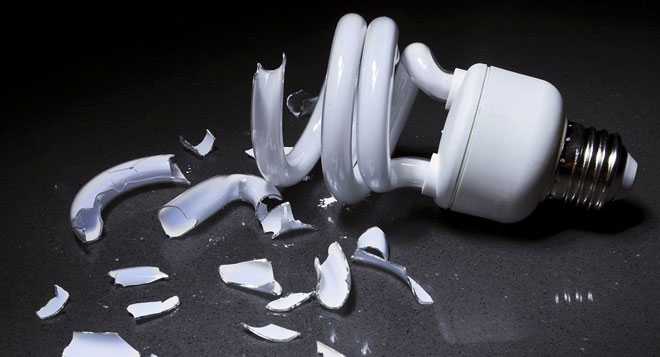
If suddenly the lamp bulb fell out of your hands and broke, then you need to do the following:
- Remove people and animals from the room immediately.
- Close the door to the room tightly. If not, then cover the doorway with a wet cloth.
- Then for 20-30 minutes open the windows wide open for ventilation. At the same time, the doorway must be hermetically closed so that poisonous vapors are not drawn into other rooms by the resulting air flow.
- Secure the airways with a medical mask or damp cloth and only then start cleaning.
- Put on rubber protective gloves and use 2 pieces of thick paper or cardboard to collect large fragments of the flask.
- Powdered phosphor and small glass chips are collected with plasticine, adhesive tape (adhesive tape) or a wet sponge to prevent the spread of harmful substances throughout the room. The use of a vacuum cleaner is strictly prohibited.
- Make a wet cleaning of the room using chlorine-containing compounds (Domestos, Whiteness, etc.).
- Wipe shoes, especially soles, with damp paper towels or towels.
- In a tight sealed plastic bag or container, collect the soiled used sponges and rags, as well as all parts of the broken lamp. Then take it to a recycling center. Do not throw them in the trash can, garbage chute and flush down the drain.
- If hazardous particles come into contact with clothing, curtains or bed linen, they should be removed, packed in polyethylene and not used until consultation with specialists who will determine the degree of danger.
Even if everything was done correctly, you need to call the Ministry of Emergency Situations or specialists from the environmental laboratory to control the content of mercury vapor in the room air (the maximum concentration is 0.0003 mg / m³). Mercury vapors are odorless and colorless, therefore, without the use of specialized equipment, their presence in the surrounding air space cannot be determined. If necessary, carry out additional processing of the premises with special compounds.
Similar articles:
